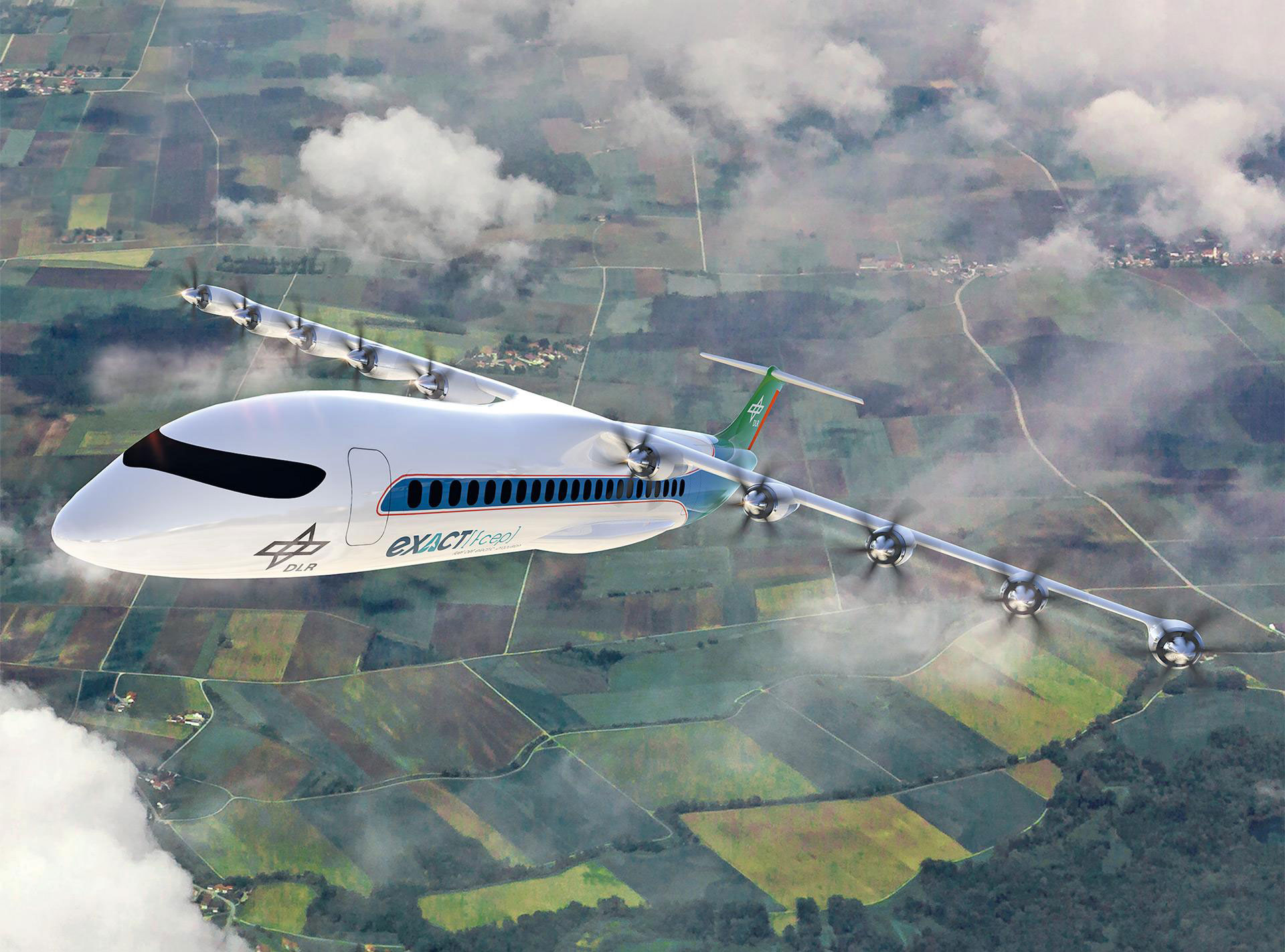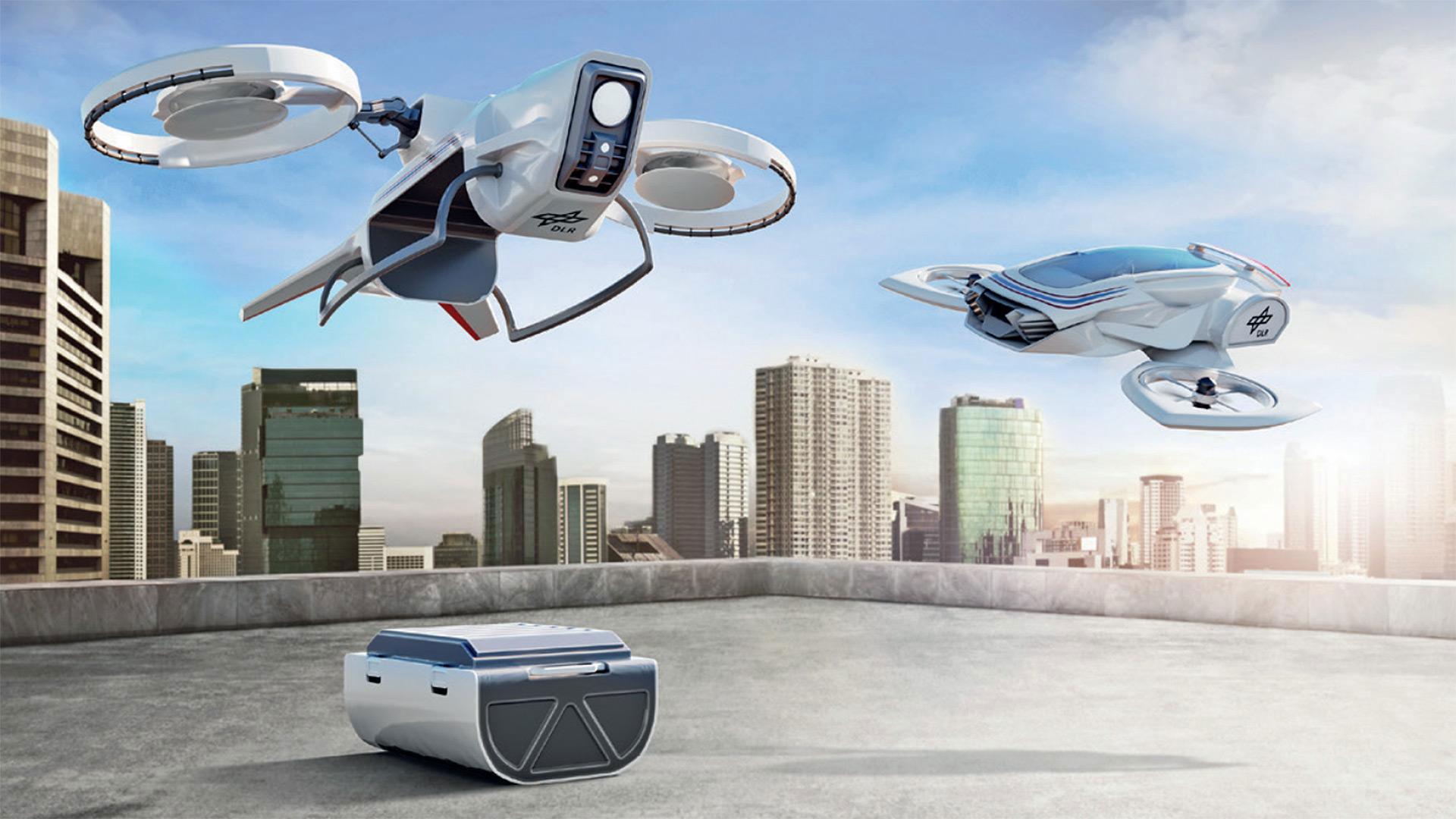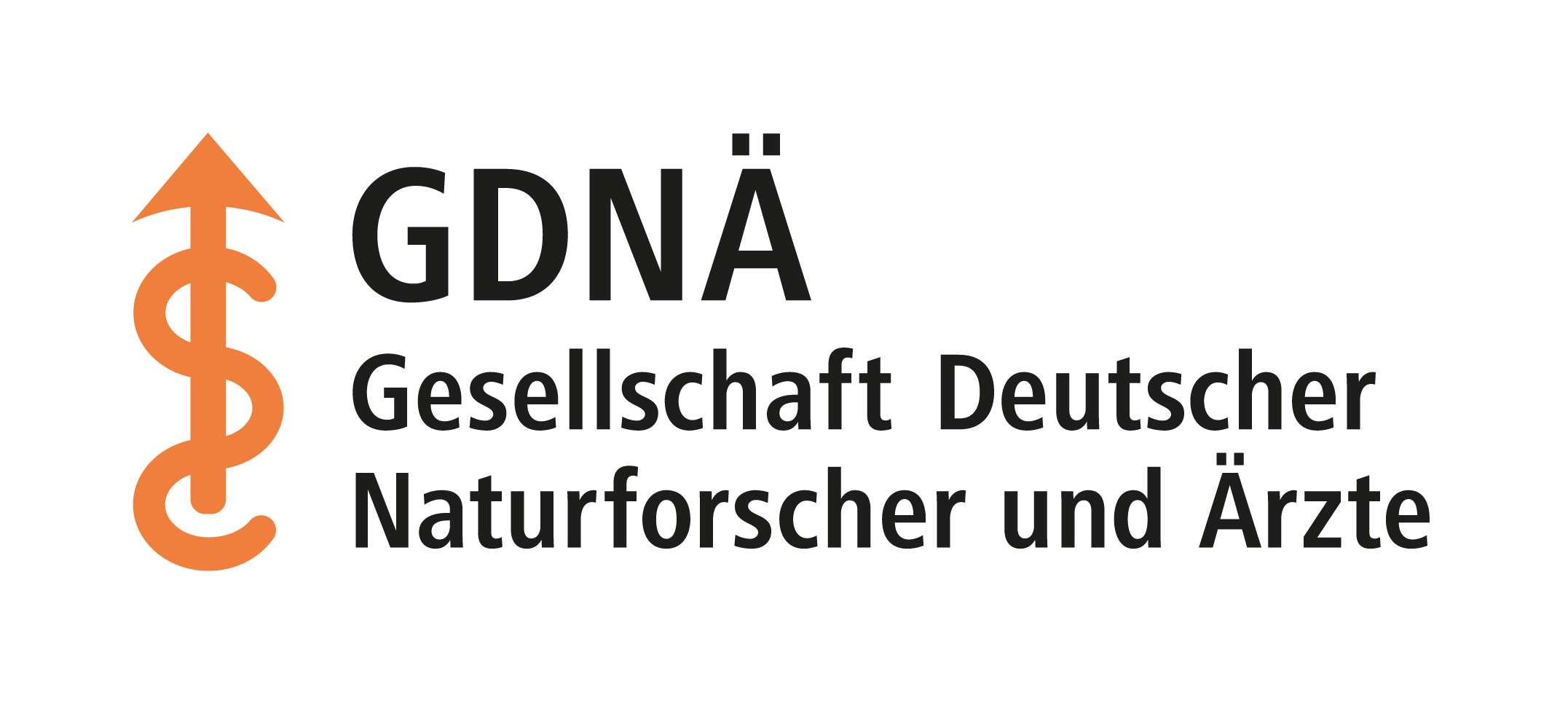“A breeding ground for new ideas”
She is the head of the German Aerospace Center and a new member of the GDNÄ’s Executive Board. In this interview, engineer Anke Kaysser-Pyzalla explains what drives her and what she plans to do.
Professor Kaysser-Pyzalla, you have been Vice President of the GDNÄ since the beginning of 2023. Do you already have plans for the new office? Yes I do, and two areas are particularly important to me: on the one hand, the recruitment of young people for professions in the thematic spectrum of the GDNÄ, and on the other hand, the interdisciplinary approach to current challenges such as climate change, energy supply or global health. In these areas, the GDNÄ can achieve a lot. It radiates fascination and enthusiasm for the natural sciences, through which we can attract significantly more people to study in this field. I am thinking not only of high school students, but also of adults with professional experience who can imagine pursuing a second degree. There are so many interesting career paths – in research and development, at universities, in large companies, but also in small and medium-sized companies – I would like to focus more on this.
The topic of interdisciplinarity: Why is it so important to you and what role can the GDNÄ play in this?
We will only be able to overcome the major problems facing humanity through interdisciplinary cooperation, that is the consensus today. The GDNÄ, whose hallmark is interdisciplinarity, can serve as a platform for exchange among experts, a breeding ground for new ideas and a place for public dialogue.
You will not suffer from a lack of work as Chairwoman of the Executive Board of the German Aerospace Center. How much time and energy does the main office leave you for voluntary activities, for example on the GDNÄ board?
My days are indeed scheduled. But I make time for the GDNÄ because I think people in positions like mine should also be committed to society. I also have wonderful colleagues at DLR and in the GDNÄ who support me.

© DLR (CC BY-NC-ND 3.0)
A regional aircraft with fuel cell propulsion developed at DLR in test operation. With 25 institutes and facilities in aeronautics research, DLR is driving the change towards sustainable, environmentally compatible aviation.
How can we imagine your day-to-day professional life as head of DLR?
I spend most of my time in meetings and conferences, most of which are held online in the interest of sustainability and efficiency. Internally, organizational development in the direction of modern forms of work is a big topic for us right now. But I’m also on the road, for example at DLR sites, or for personal discussions with our cooperation partners in Germany and abroad.
Who are these partners?
We work with scientists in academic and industrial research, with large, medium-sized and smaller companies, and with the German armed forces. Abroad, we cooperate closely with research institutions and companies in other European countries, especially France, but also the U.S., Australia, Singapore and Japan – to name just a few countries.
China is not one of them?
Due to the changing geopolitical situation and international tensions, DLR has consistently reduced its collaborations with China, and existing forms of cooperation are coming to an end.
Where does DLR stand today and where is it headed?
With more than ten thousand employees, thirty locations and more than fifty institutes and research facilities, we are the largest research center in the engineering field in Europe. We are concerned with aerospace, energy supply, mobility, but also security and defense research and disaster relief. Our work is application-oriented, which means that our research always has an eye on the way it will be used in industry and society. We fly satellites that are important not only for earth and climate observation, but also for navigation, for example in the future topic of autonomous driving. DLR owns a large fleet of aircraft and conducts intensive research into climate-friendly flying.

© DLR
In Germany, the National Test Centre for Unmanned Aerial Systems at DLR is the driving force behind the development of new unmanned aerial vehicles and their integration into the airspace.
At present, air traffic accounts for 3.5 percent of climate-relevant emissions worldwide. How can the burden be reduced?
That depends on passenger numbers and flight distances. Batteries are an option for small aircraft. For short and medium-haul flights, hydrogen-based propulsion systems such as fuel cells are suitable. For long-haul flights, we are thinking about Sustainable Aviation Fuels, or SAF for short, which are produced sustainably from non-fossil raw materials. We are also looking at the entire aircraft system in order to be able to exploit all technical and technological possibilities on the way to climate-friendly flying. This includes changes in aerodynamic behavior as well as new aircraft configurations or the planning and implementation of climate-friendly flight routes.
When do you expect the first applications in regular flight operations?
SAF is already being used as an admixture to conventional fuel. We are currently trying to make the quantities required in aviation available on an industrial scale in several projects.
Let’s take another look at the GDNÄ: After the medical scientist Martin Lohse, a zoologist, Heribert Hofer, has now taken over the GDNÄ presidency. You are a materials scientist and mechanical engineer and will follow in office in 2025. Will the GDNÄ of the future be more technoscientific?
It will be interdisciplinary and there will perhaps be more synergies between the individual disciplines. That fits well with the GDNÄ and well with DLR, which is active not only in the technical sciences but also in the natural sciences: Let’s just think of the Institute of Aerospace Medicine in Cologne, where physicians and psychologists conduct biomedical research at the highest level.

© DLR
The ESA short-arm centrifuge in the :envihab of the DLR Institute of Aerospace Medicine in Cologne. The research facility, the only one of its kind in the world, is used to study the effects of environmental conditions such as gravity on fundamental mechanisms of human health, living conditions and performance. In the new short-arm centrifuge, test subjects can be accelerated with up to 4.5 grams at the foot end.
In its 200-year history, the GDNÄ has had seventy presidents and only two women presidents. Its members are also predominantly male. Is the advancement of women on your agenda?
Yes, this is a very important topic for the future. In medicine, most of the young scientists are already female, but in the natural sciences and engineering there is a need to catch up. We need to do more to show how much fun these professions are and do more to help people combine family and work.
The student program has become a strong pillar of the GDNÄ, as demonstrated by the 2022 anniversary celebration in Leipzig. What significance does this program have for you and do you already have ideas for promoting young talent?
The student program is a great thing and very important for the GDNÄ. At DLR, we have well-functioning student laboratories, so it may be possible to create synergies. I would also like to show the students how attractive careers in medicine, natural and technical sciences are. Perhaps we will succeed in establishing mentoring relationships between established scientists and young people and in building up a platform with materials for science teaching. I’m sure the members of the GDNÄ have more good ideas – we should collect and evaluate them.

© DLR
DLR School Lab: Experiments on stage at the inauguration at the end of September 2022 gave a foretaste of the new opportunities that DLR_School_Lab Jena offers young people.
Exchange with the public is a strong concern of the GDNÄ. How do you assess the engagement so far? Do you want to deepen the dialogue?
The GDNÄ is held in high esteem by the public and has made great contributions to the dialogue with society. I would like to continue this work. As scientists, we have a duty to contribute our knowledge to the public discussion. It is important to be able to agree on facts and figures, for example on the validity of scientific laws. We scientists must work more towards this.
Finally, a more personal question: How did you come to join the GDNÄ and what does it mean to you?
I came to the GDNÄ through other members and their enthusiastic descriptions. I am impressed by its great tradition and its openness to future topics. This is what I like to stand up for.

© DLR
Prof. Dr.-Ing. Anke Kaysser-Pyzalla
About the person
Prof. Dr. Anke Kaysser-Pyzalla studied mechanical engineering and mechanics in Bochum and Darmstadt. She received her doctorate and habilitation at the Ruhr University in Bochum. After research activities at the Hahn-Meitner-Institut (HMI) and at the Technische Universität Berlin, she researched and taught at the Technische Universität Wien from 2003 to 2005. In 2005, she joined the management of the Max Planck Institute for Iron Research GmbH in Düsseldorf as Scientific Member, Director and Managing Director. In 2008, she was appointed Scientific Director of Helmholtz-Zentrum Berlin für Materialien und Energie GmbH, which was formed under her leadership from the merger of HMI and the Berlin Electron Storage Ring Society for Synchrotron Radiation (BESSY). In 2017, Anke Kaysser-Pyzalla was elected President of the Technical University of Braunschweig. Since 2020, she has been Chairwoman of the Executive Board of the German Aerospace Center (DLR) and, since January 1, 2023, second vice president of the GDNÄ.

© DLR
Further Information:
